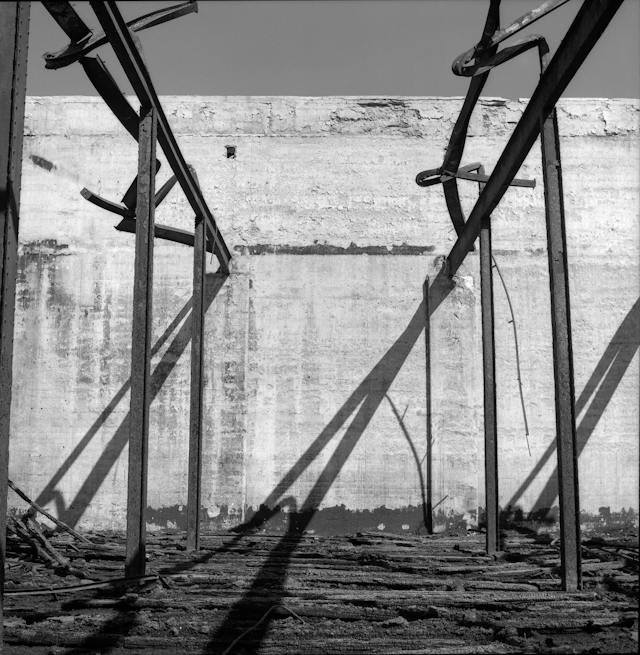In the construction world, structural elements often play critical but understated roles in ensuring the stability and longevity of a building. The purlin is one such element that, despite its unassuming appearance, serves as a linchpin in the framework of metal structures. In this article, you will delve into the key functions of the purlin in metal framing and shed light on its vital role in supporting roofs, walls, and the overall structural integrity of buildings.
1. Roof Support
One of the primary functions of purlins in metal framing is to provide essential support for the roof. The purlin is horizontally placed structural members across the rafters or trusses. They serve as a sturdy foundation for the roof system, ensuring that the weight of the roofing material and any additional loads like snow or wind are distributed evenly to prevent sagging or structural damage.
2. Load Distribution
Purlins play a crucial role in distributing the loads from the roof and other structural components down to the main frame of the building. By spreading the weight of the roof and any imposed loads to the columns and foundation, they help maintain the structural integrity of the entire building. Correct load distribution is essential to prevent overloading on specific areas, which could lead to structural failure.
3. Roof Stability
Purlins contribute significantly to the stability of the roof. They help prevent excessive deflection or swaying of the roof under various external forces, such as strong winds or seismic activity. The proper installation and spacing of them ensure that the roof remains stable and can withstand environmental stresses, ensuring the safety of the building and its occupants.
4. Wall Support
While a purlin is commonly associated with roof support, it also has a critical role in supporting the walls of a metal-framed building. In some designs, the purlin is positioned vertically to provide lateral support to the wall girts, which are horizontal framing members that support the exterior wall cladding. This integration reinforces the structural stability of the entire building envelope.
5. Preventing Roof Sheeting Sag
Another vital function of a purlin is to prevent the sagging of roof sheeting or other roofing materials. Without proper support, roof sheeting can deform over time due to its weight and external factors like snow accumulation. The purlin maintains the desired curvature and alignment of the roofing materials, ensuring a level and aesthetically pleasing roof surface.
6. Attachment Point for Roofing Materials
The purlin is an attachment point for roofing materials like metal panels, shingles, or membrane roofing systems. The roofing material is securely fastened to the purlin, ensuring it remains in place even under adverse weather conditions. Proper attachment enhances the roof’s durability and contributes to its weatherproofing.
7. Ease of Roof Installation
In addition to their load-bearing capabilities, purlins offer practical benefits during the roof installation. They provide a stable framework for roofers to work on, making installing roofing materials safer and more efficient. Such easy installation can lead to cost savings and quicker project completion times.
Conclusion
In metal framing, the purlin may seem like a minor component, but its functions are far-reaching and critical to the overall structural integrity of a building. From supporting the roof to distributing loads, stabilizing the structure, and preventing roof sag, the purlin plays multifaceted roles in ensuring the safety and durability of metal-framed constructions.
Architects, engineers, and builders rely on the proper design and installation of the purlin to create buildings that stand the test of time. By understanding the key functions of the purlin in metal framing, stakeholders in the construction industry can make reasonable decisions and ensure that their projects are aesthetically pleasing, structurally sound and resilient.


